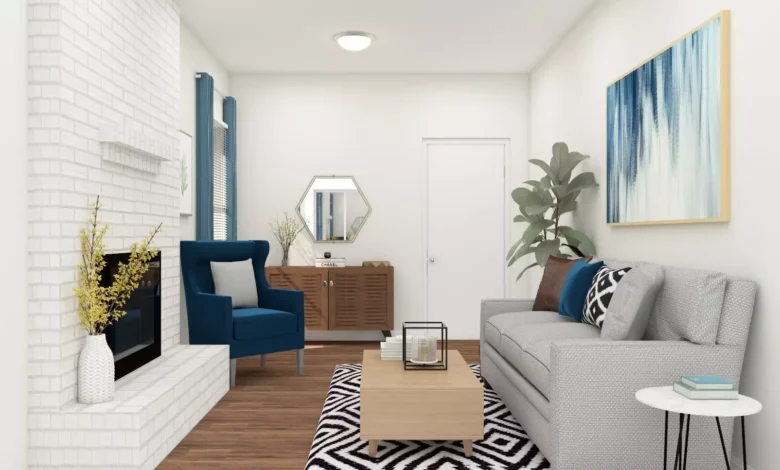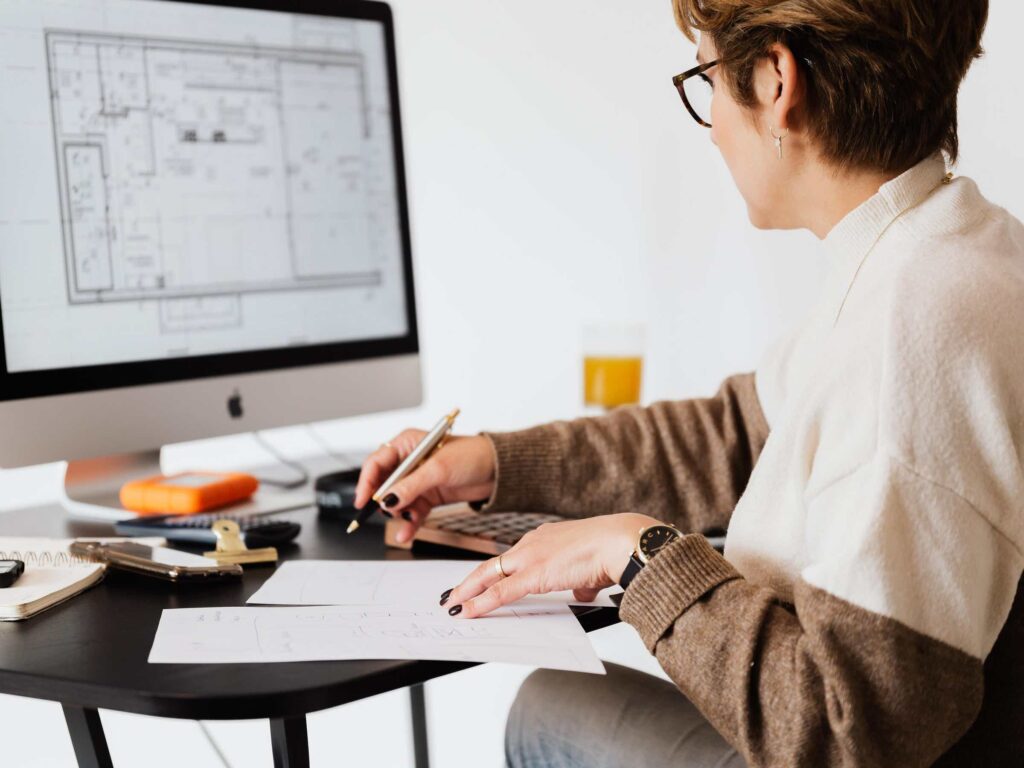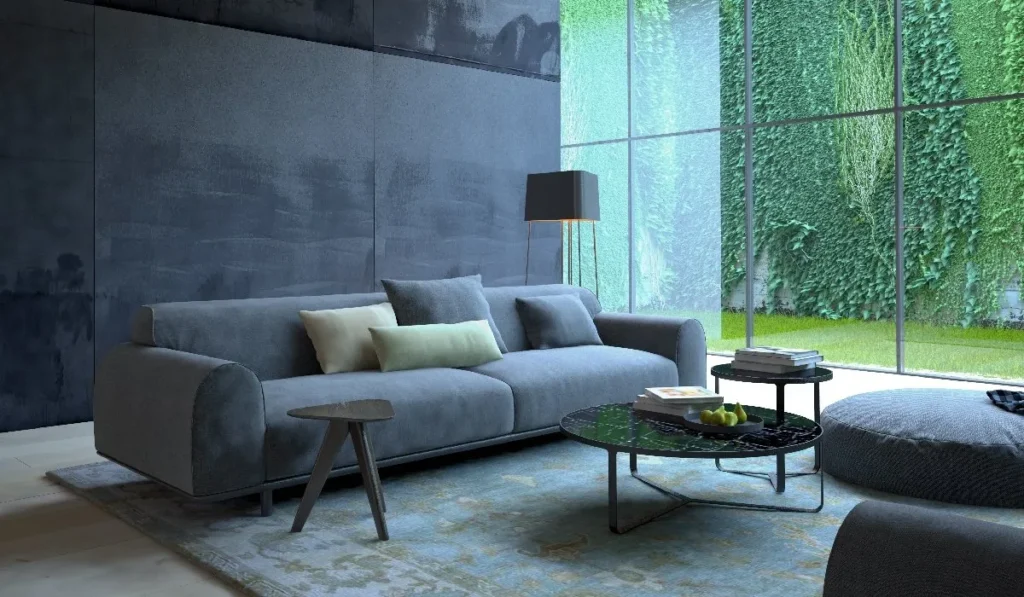5 Things Every Interior Designer Should Know About Scale And Proportion

Designing the interior of your home as a homeowner is always an exciting time because you finally get to improve the things that have always seemed off or at least less appealing than you wanted them. It is natural for every person to want their home to be as beautiful and as optimal as it possibly can.
And to do that, the most important thing is for the inside of the home to be more than just a livable space. It needs to be a place of physical and emotional warmth, a place you can call your own, and somewhere where it is the most comfortable. People say that the coziest of places are those you never want to leave, and a home should definitely fall into this category.
Professionals at Work

However, the best kind of interior design in this case is not done by the homeowners themselves. They may be the one to express the ideas and wishes, but it is the interior designer that should plan it out and make it happen.
There is a reason why this is a career all on its own, a calling that one devotes their entire life to. It is a job just like any other and you need a professional to come and do the project if you want everything to go well.
As experienced as interior designers may be and regardless of how much they can help, there are still certain things they should know, one of the most important having to do with scale and proportion. These two can either make or break the interior of a space and it is prevalent that the project is carried out the right way.
In this article we talk about things related to both scale and proportion and things every single interior designer should know about them. If you have a project coming up, whether or not you yourself are a designer or not, make sure to read the article thoroughly.
It is crucial that everything dealing with scales and proportions inside of your home be at a high level. If it is not, you will regret not doing more in the initial stages of planning every time your eye catches it. For more information on this, be sure to visit foyr.com.
What are They?

So we have already mentioned both scale and proportion and there is a good chance that you already know a thing or two about them. However, that cannot be said about most people. While some may know about either, the two are typically confused with each other and thought of as interchangeable. In reality, they are not and they are actually quite different. Both of them have to deal with the sizes of things in certain contexts, or rather in spaces they are present in.
For starters, scale deals with the understanding of how object sizes in different spaces relate to the size of other objects in that same space, and the space itself. It sounds confusing but it really is not. Scale also helps us create things and describing them when compared to the human body. For example, the most important thing of this nature in interior design is the fact that furniture is designed to human scale, or rather to be used by humans in the best way possible.
On the side of proportion, things are similar but different. This is the understanding of specific designs on objects, the elements like texture, color, size, and shape. The relationship of these parts on a single whole object is where proportion comes into play. For example, it can be the seating area on a couch. Is it too small compared to the backrest or the legs?
Is it the right color, texture, or material to go well with the remaining elements? Proportion is also applicable on a larger scale (paradox, unintended pun perhaps?), evident in interior design when a single piece of furniture is considered a single element in a space that can be viewed as a bigger object.
Things to Know
Let us not talk about what is definitely important for every interior designer when it comes to these two integral parts of their job. Consult the following list:
1. Repeated Patterns and Shapes

When there is a repeating of patterns and shapes across the interior, it is pleasing to the eye and a very effective way to balance the proportions. A good example of this is balancing objects with what is already there.
If the windows are square, make sure the rug or the carpet are also square. The same goes for the shades of main furniture elements and the ones present on the doors and windows, or other woodwork. Unless the elements are in unison, the job of the designer is not over.
2. Rooms Ceiling Height Scaling
If the ceilings are higher, the furniture has to be larger too. If, on the other hand, the ceilings are quite low, more modest and smaller furnishings are necessary. If the things are the other way around, everything will either look empty or too clustered.
3. Have a Centerpiece

A good and effective strategy to employ is to design around the most important furniture piece in the room. Deciding which piece is the ideal centerpiece is the most important thing. In dining rooms, that would be the table.
In living rooms, it is probably the seating area made up of sofas and armchairs, or the TV stand. In the bedroom, it is obviously the bed. Once you identify the most important thing, it becomes easier to apply scale and proportion other elements.
4. Have Negative Space
While it may seem like something you should not have, negative space is actually quite useful. It refers to the area of the room that remains empty, without anything in it or on it. This serves to offset the elements that are already there or to put more focus on others.
It prevents designs from feeling busy and gives a sleek look to the entire space. Desktops and shelf tops that are clear and enough space around the frames of hanging art are examples of this. Corners without any decoration or furniture are also a good idea.
5. The Golden Ratio

Last but not least, here is the general rule of thumb that interior designers should know about. It is the golden ratio that is 1.618 and is applicable across the worlds of design, art, and science. None other than Leonardo da Vinci employed it, as did Greek architects.
It is the proportions of the human body too. The ratio is roughly 60/40, where the 60% is the furniture and the 40% is open, blank space. It makes it comfy to spend time in and move around, complete, and not overcrowded with stuff.



